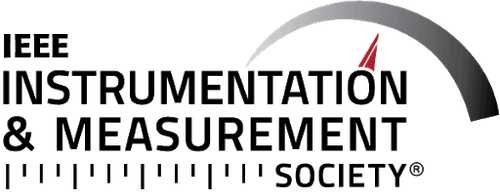Advancing Edge AI for Low-Power IoT Devices: New Research Horizons
The rapid proliferation of Internet of Things (IoT) devices has unlocked transformative potential in healthcare, sports, industrial monitoring, and human-computer interaction. Despite significant advances, the practical deployment of wearable IoT systems faces key challenges related to energy eƯiciency, real-time processing, heterogeneous sensor integration, and scalable AI implementation. These issues are compounded by the need for lightweight, low-power solutions capable of delivering robust performance in resource-constrained environments.


